The German law assumes a ‘correct’ invention notification for a claim for remuneration. In practice, however, an invention notification is not always submitted as a form, but arises in the course of the project. Then what? The BGH ruled on this in 2019.
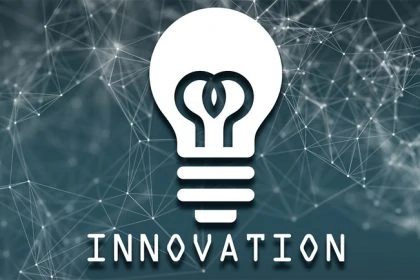
The German Employee Invention Act (ArbEG) initially assumes a ‘correct’ invention notification (§ 5 ArbEG), which is confirmed and claimed by the employer (§ 6 ArbEG), thus transferring the monopoly right (§ 7 ArbEG). In return, the employer pays the inventor an “appropriate” inventor’s compensation (§ 9 ArbEG). So much for the theory, one might say. In practice, however, the situation is unfortunately not always clear.
For it often happens, that inventions are developed out of project planning. A “letter of intent” with the aim of developing the invention, a “todo list” with the declaration of intent to consider patent or utility model protection, an email to the employer with “patentable ideas”, an invention description to the patent department with the passage “patent aspects” – are these valid invention notifications?
Our article therefore deals with the ‘correct’ invention notification. This is really important in connection with an Employee’s invention, because from the moment the correct invention notification is made, there is already a claim to remuneration (BGH Ref.: X ZR 186/01 – waste water treatment). This is because if an employee dutifully reports an invention without delay as soon as he has made it, the employer can use the resulting monopoly right to his advantage.
BGH on the ‘correct’ invention notification
The Federal Court of Justice (BGH) has provided formal clarity on the question of a ‘correct’ invention notification. In the case “Fesoterodine hydrogen fumarate/retard tablet” (X ZR 148/17), the BGH determined for a correct invention notification:
- an invention notification must be made in writing, in a separate notification
- it must be made clear that it is a report of an invention
- If co-inventors are involved, a note must be given to the employer that co-inventors were involved (if possible, naming the inventors or the organisational unit)
- the transmission is not decisive (i.e. also possible e.g. by e-mail) and is also not bound to forms
Assuming that it is a separate notification ( § 5 (1) sentence 1 ArbNErfG aF) does not contradict the fact that, for example, different formulation concepts, methods and dosage forms are combined in one letter – as long as they concern the same technical problem with a common approach to solving it.
‘Correct’ invention notification in practise
This clarifies how the above-mentioned invention disclosures from a project planning are to be evaluated. The “letter of intent” and the “todo list to check patent or utility model protection” are not sufficient as a valid and correct invention disclosure, the German Arbitration Board ruled (Arb.Erf. 10/18). It must be possible for the employer to know both the nature of the invention and the persons involved in the invention.
However, the email to the employer with “patentable ideas” was recognised as a correct invention disclosure, as in this email it was also pointed out by the employee inventor that he was reporting the “patentable ideas” in accordance with the Employee Inventions Act. The invention description to the patent department with the passage “patent aspects” can also be regarded as a correct invention disclosure, because the co-inventors were also named in it; however, this case is still before the Court of Appeal (OLG Düsseldorf).
Invention notification only valid with company form?
What is the starting point for a remuneration claim if there is a form for invention disclosures in the company? Is an invention notification that is correct but not submitted with the company’s form considered the starting point for a remuneration claim or only the company’s form that is completed later?
Relevant is the clear and correct invention notification that enables the employer to make a decision on a claim and a patent application for the invention, the BGH ruled. In other words, if an invention notification is correct without a form, this is considered the starting point for a claim for remuneration. An invention notification is valid regardless of the company’s form.
Employer must respond to invention notification
Anyway, the employer must respond to a valid invention notification. The German Employee invention Act stipulates that the employer must confirm the invention notification immediately and in writing. In addition, the employer is required to register the invention as a patent as soon as possible. The fact that in practice this does not always go so smoothly has led to clear further rules:
- If the employer does not agree with the invention notification, he can – and must – respond to it with reasons within a period of two months after the invention notification (§ 5 (3) ArbEG).
- Incidentally, if the invention notification is objected to, there is still no claim to remuneration based on this invention disclosure.
- If the employer does not consider the invention to be patentable, he is obliged under § 17.2 ArbEG to appeal to the Arbitration Board (§ 29) to reach an agreement on the protectability of the employee’s invention. Alternatively, he may release the invention. Both must be done within a period of four months after the invention has been notificated.
- If an employer does not reply at all, the fiction of claiming applies after a period of four months after the invention notification; the invention is then deemed to have been tacitly claimed by the employer.
- If an employer replies late (even after the expiry of the 4-month period), he may refuse to claim the invention and release it without the consent of the employee inventor being required. The prerequisite for this is that the invention has not yet been applied for a patent. In such a case, however, it would have to be checked whether there is a claim for damages.
And it is also possible, that the employer declares the invention a trade secret. If you would like more information on this, please continue reading HERE.
If, moreover, an invention disclosure is not formulated correctly but nevertheless leads to a patent application for the invention, this is deemed to be equivalent to an invention notification that is correct in terms of form and content, the Federal Supreme Court ruled in 2018 (BGH AZ. X ZR 6415 – “Lichtschutzfolie”) and thus leads to a claim for compensation.
However, if the incorrect invention disclosure is formulated in such a way that only a “suggestion for improvement” or a “work result” is reported (without the clear indication that this is a employee’s invention according to ArbEG), then this invention becomes the property of the employer according to § 611 BGB – without a claim for remuneration for the inventors.
Moreover, qualified technical improvement proposals have special status. And inventions at colleges and universities are also subject to special regulations of the ArbEG.
Do you have questions about an employee’s invention?
Our patent law firm has extensive expertise in the field of patent and inventor law and the law for employee’s inventions.
We will be happy to represent your interests both before the arbitration board and in any court proceedings that may become necessary.
Sources:
Bild:
TheDigitalArtist | pixabay.com | CCO License


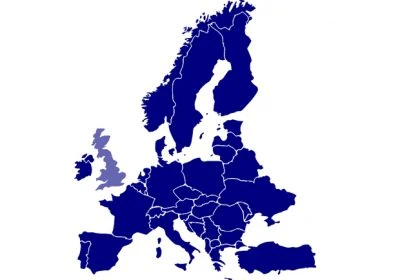
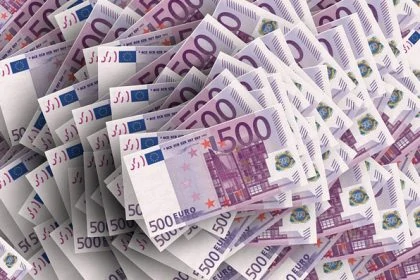

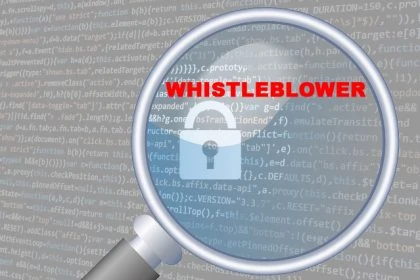
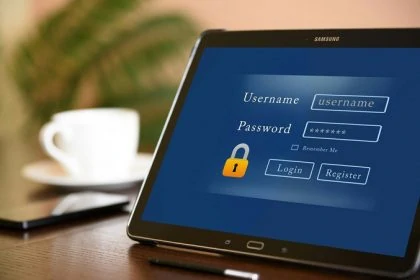
Leave a Reply